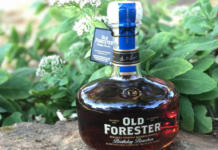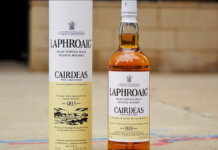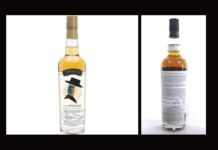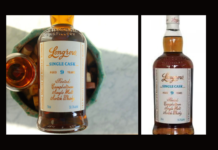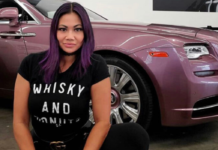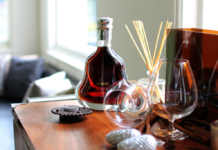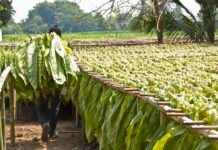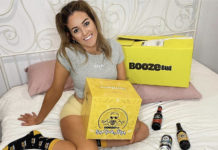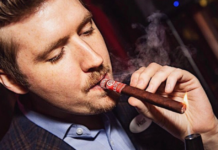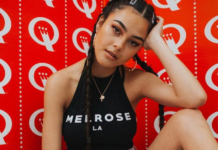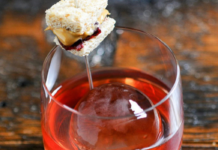We spoke to the Founder of the Liberty Call Distilling located in Spring Valley about Whiskey and how they stand out in this craft niche industry.
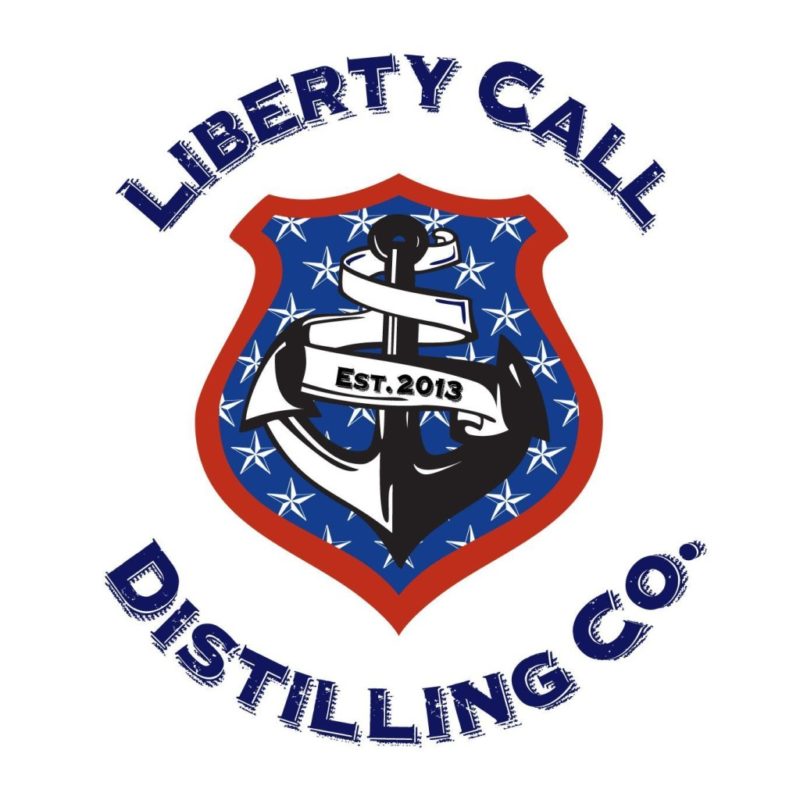
Bill, tell us a little about yourself. What is your background? When did you garnish interest in distilling?
BG: I’ve been a home brewer since my freshman dorm room in college. I was a chemistry major in college before changing to business. One of my chemistry buddies told me about small stove-top stills, but if I was going to make spirits I wanted to make a lot. My friend Steve has a relative that made moonshine, and we sampled it. I told Steve that we could make it ourselves, and a business was born. We brought in Addison later to help with brewing which has made all the difference in making our whiskey.
That’s an interesting way of getting into this industry. Why did you choose Spring Valley, in what ways did you feel the culture there aligned with your distilleries vibe?
BG: We originally choose Spring Valley because of our visit with another distiller, Kill Devil. It was the right price, decent location, and placed in an unincorporated area of San Diego County which helped in the zoning process. It is very much more of a country vibe. We work closely with the other distillers in the area, especially San Diego Distillery. We are constantly showing each other our new products, trying to help each of us create something great.
Whiskey comradery, good to see. Tell us what does an average day look like to you? Is this your full time gig?
BG: Steve and Addison work full-time at other jobs, but this is my full-time job. Typical day includes running the still, making a mash, and bottling/labeling. If the still isn’t running, I figure we’re losing money. We recently hired 2 full-time sales people to help us spread our brand. On top of that there are meetings, phone calls, and the usual stuff that make up a distiller’s day.
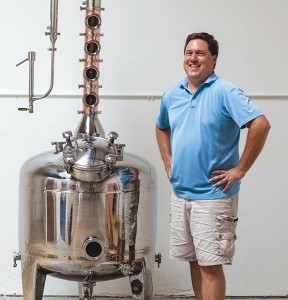 What sort of whiskey are you making and how are you making it? Do you use local ingredients?
What sort of whiskey are you making and how are you making it? Do you use local ingredients?
BG: We are making a completely unique 4-Grain Whiskey. Originally made at a local brewery, it was mashed off-grain with equal parts corn, wheat, rye, and barley, fermented under controlled temperatures with a beer yeast, and then aged in a solera. We are now transitioning the mash to be made on grain at our distillery, in an open fermenter, using a top secret yeast, and aged in new oak barrels.
We are also making a Single Malt yeast based on a Crimson Ale beer recipe without the hops. It uses Maris Otter grain in addition to a standard 2-row, a proprietary ale yeast. It’s fantastic! We are looking at an April 2017 release.
How would you describe your 4 grain whiskey? How does it stand out from competitors?
BG: Being equal parts corn, wheat, rye, and barley, plus using a beer yeast and then aged in a solera, the 4-Grain is just plain different from anything else on the market. We enjoy using it in cocktails with our bartender friends because it is such a big whiskey that the flavors hold up when blended with other ingredients. Our only disadvantage is not being able to make enough to meet demand.
Are you using any special casks, quarter casks ?
BG: We are experimenting with different styles of used barrels for our whiskeys. Reusing rum barrels, or other types of whiskey barrels to finish the spirit. It’s fun to play around with non-traditional aging methods. California has a huge wine industry, and we have access to some really neat barrels.
This industry has a lot of people making a name for themselves, is there anyone who inspires you?
BG: Westland has been making some great whiskeys from non-traditional mash bills. Anyone that is trying new things, or making something completely off the wall, yet good is inspiring. It’s definitely what we want to do.
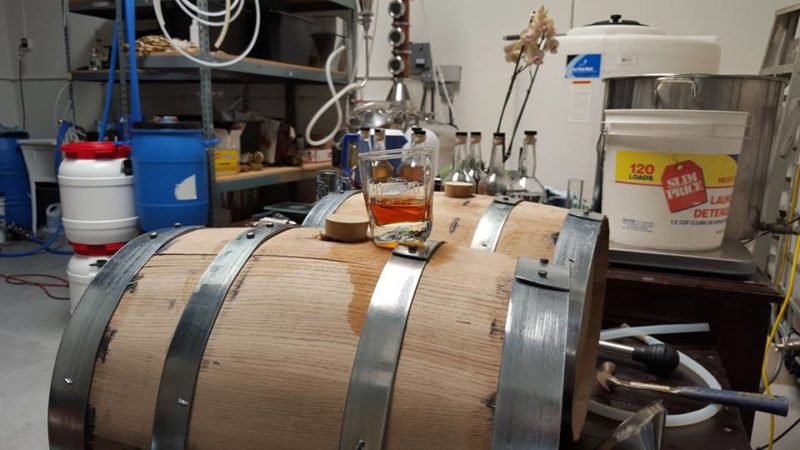 What are some of the biggest challenges you faced when you opened up the distillery?
What are some of the biggest challenges you faced when you opened up the distillery?
BG: Other than the obvious financial and legal issues, the main hurdle was that there was no one to talk to about how to fill out the application. Other than licensing companies that wanted $10k-$15k, we were on our own. Now it’s much easier. There were only 2 distilleries in SD when we applied, now there are 16. We bounce questions off each other trying to find out the easiest way to legally do something.
Is there a certain flavor profile you wanted to go for when you opened up the distillery? Did you achieve it?
BG: We just want to make unique products that we love to drink ourselves. We don’t make spirits that we think other people want to drink. If we don’t enjoy drinking it, we’re not putting our name on it. We are 100% happy with where our products are at this point. And even more excited about what we are going to be making here soon!
Tell us a little about your warehouse, the stills, and manufacturing equipment.
BG: We are definitely the micro in microdistilling. 850sf, 250 of that being the tasting room and bathroom. We are out of space, and looking to expand. Our still is from Mile Hi in Colorado, and the boiler is from Still Dragon. Only running a 4” 4-plate reflux column still with 100 gallon direct element boiler. Looking to upgrade here soon to a 400L electric jacketed still with mashing capabilities to make everything in house.
Aside from your own, what are your top 3 whiskies?
BG: I’m a big whiskey flavor fan, so I prefer Bourbons or American Single Malts. Any of Booker’s (named my son Booker), Westland’s Specialty Bottles, and Four Roses Birmingham Private Barrel (just did a 4-Roses tasting. Fantastic!)
Is there anything else you’d like to share with our readers?
BG: Be prepared for the next generation of distilleries in the US. There are some amazing whiskeys that are currently aging, and people are going to be rewriting the rules when it comes to American Whiskey, just like craft beer did to the macro-brew industry!





